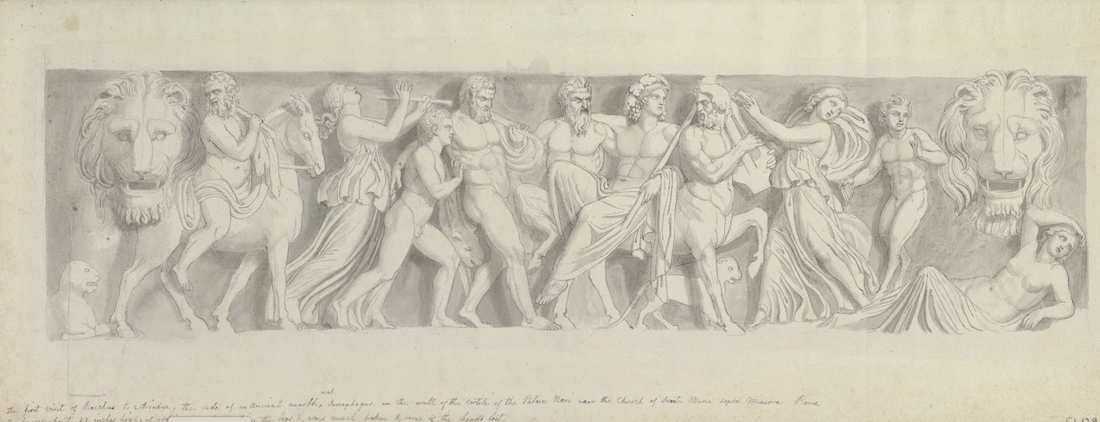Classic Art

Athena, Narcisse
late 19th century 1890-1900
bronzed terracotta or bronzed cold painted, gilt metal, onyx

Bronze Gladiator 19th century
some models have sword in lower hand and shield.
lovey scale bonze 14'' high
$1,950

19th century grand tour specimen stone piece, a fantastic collection of stones, very rare find
1145 x 585mm
$5,500

Roman god Mercury
19th century alabaster 570mm
$2,400

As a youth, Flaxman worked in his father’s plaster-casting studio in London while studying Classical literature, which was to be a continual source of inspiration. In 1770 he entered the Royal Academy schools. After 1775 he began to work for the potter Josiah Wedgwood. The discipline of producing designs, usually based on antique models and executed in wax, which could be translated into the silhouette technique of Wedgwood’s jasperware, strengthened Flaxman’s innate feeling for line. His design of the Apotheosis of Homer (1778) relief was adapted from an ancient Greek vase for use on pots, chimneypieces, and plaques. It has rarely been out of production since it was executed. Flaxman also designed profile portraits in antique style for execution as jasperware medallions. While at the academy he formed a lifelong friendship with William Blake, who stimulated his interest in medieval art.
In 1787 he went to Rome to continue his study of the antique. Intending to stay only two years, he obtained enough commissions to remain until 1794. His artistic creed was formed in these years. He drew assiduously, not only from the antique but also from Italian medieval and Renaissance art, and was determined to give his work a moral purpose. He produced ambitious academic groups such as The Fury of Athamas (1790–94) and Cephalus and Aurora (1790), but his book illustrations had far greater importance. His Iliad and Odyssey (1793), Aeschylus (1795), and Dante’s Divine Comedy (1802) soon became widely known and, with their clean linear rhythms, contributed much to the spread of Neoclassicism in England. Later in life he designed a Hesiod, engraved by William Blake in 1817.

19th Century bronze discus thrower
stone base sold
230mm high





















